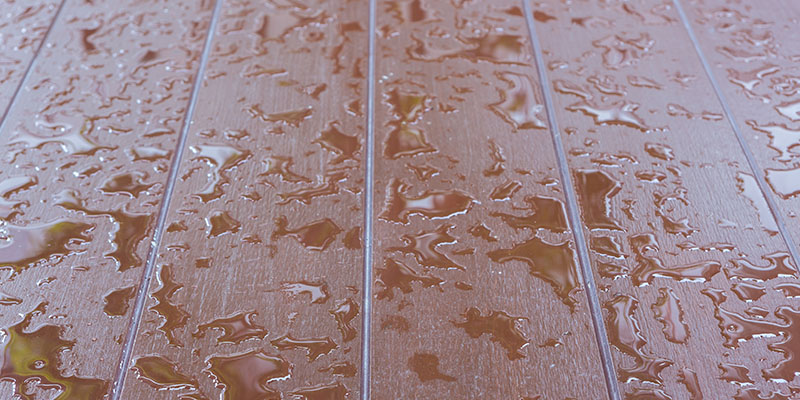
Do I need Waterproof Underfloor Insulation?
Did you know that up to 15% of your home’s heat is lost through the floors? I know right, who would have thought. That is why it is important to not forget about floor insulation.
When insulating your floors there are a variety of options and common choices that homeowners opt in for. Systems such as underfloor heating are very popular, especially for homes in especially cold climates. Other traditional forms of floors insulation such as standard insulation boards can also help to reduce the amount of heat loss from your home. However, one type of underfloor insulation that is usually forgotten is waterproof insulation.
So, why is this form of insulation important? How can it aid to your floor insulation? What are the types of underfloor insulation materials? These are all questions we wish to address in this article, so read on to find out all you need to know.
The Importance of Floor Insulation
Floor insulation, as previously mentioned, can help you reduce up to 15% of heat loss from your home. This alone can have significant implications on your living experience and energy bills every month.
There is also a safety factor when installing this form of insulation, with pipes usually laying underneath your floors, with insulation, this area becomes additionally protected and can prevent them from cracking and bursting. Floor insulation is a proactive and preventive measure that can save you a lot of money if you were to have issues with your pipes.
Additionally, it can eliminate draughts in your home, add to soundproofing the property, this can be especially useful if you have loft conversions, and this insulation solution can add to the structural integrity of your property.
The Issues with Standard Floor Insulation
While floor insulation is great for many things, it does have its drawbacks if not properly treated and installed. Our experts recommend that your floor insulation should meet three main points:
- It needs to be airtight
- It should contain waterproof properties
- It should provide thermal insulation
If your floor insulation does not meet the above criteria, you can see issues such as:
- Mould Growth
As your floors become damp and moisture builds up, you could lay a nesting ground for mould to grow into. This can become a health problem for those sensitive to mould, leading to possible skin rashes, eye issues, respiratory problems and more.
- Weakened Insulation
Your insulation becomes more ineffective, the thermal insulation properties will weaken, and your home will revert to its pre-insulation days. This means that your heat loss will be up to 15% and your energy bills higher.
- Lifespan
The lasting impact of your insulation may be shortened if not properly installed and treated. This is especially common if your floor insulation is not waterproof, your floors will deteriorate and cause a lot of damage and high-costing repairs to your home.
Waterproof Floor Insulation Types
Due to the potential issues of using subpar insulation, we recommend a variety of options that meet the 3-point criteria that we previously proposed. The following products are:
- Blankets & Batts
These pre-cut insulation products made out of polyester, mineral wool or fibreglass can offer some level of waterproofing, they are also easily placed between joists in the floor.
The drawback of this insulation product is that if the material becomes too wet and consistently wet, it can weaken the effectiveness of the insulation.
- Blown-in Floor Insulation
The material blown-in is usually cellulose (made of recycled paper) or fibreglass (made of glass wool). This material is cost-effective and quickly applied, with waterproofing properties.
This form of insulation is somewhat waterproof but overtime it can worsen due to excess moisture, causing many issues.
- Spray Foam
This form of insulation is probably the most waterproof product on the market today, in addition to superior insulating properties. Due to its long-lasting effects, spray foam becomes more cost-effective in the long-term.
The only drawback is the cost of this insulation is a bit higher than the others, but the effects are longer-lasting, and you definitely get more value for your money. It meets and exceed our three-point criteria previously mentioned.
- Insulation Boards
Waterproof insulation boards can be fitted into your floors for great insulating benefits. They create a barrier for moisture resistance and are thermally resistant, keeping your home warmer in winter and cooler in summer.
One main drawback is having them custom-fitted into your floors, as it can be difficult to fit around pipes, wiring and uneven floor joists, however, it can be done, and it can solve your floor insulation problems.


